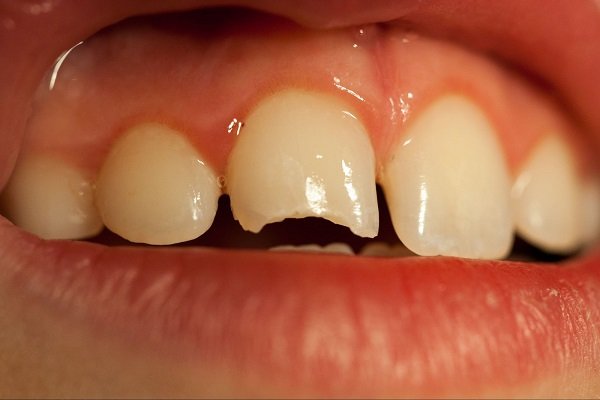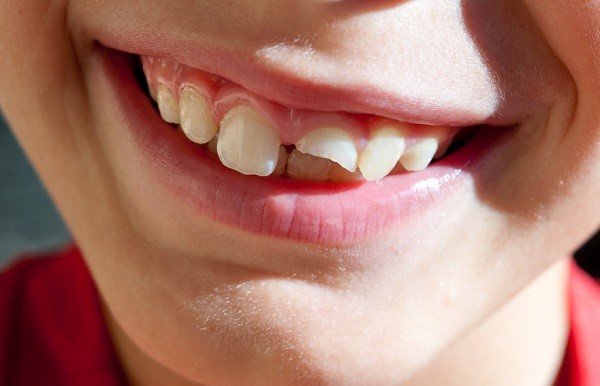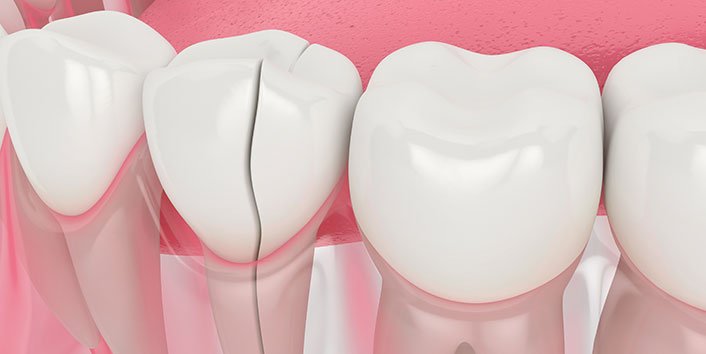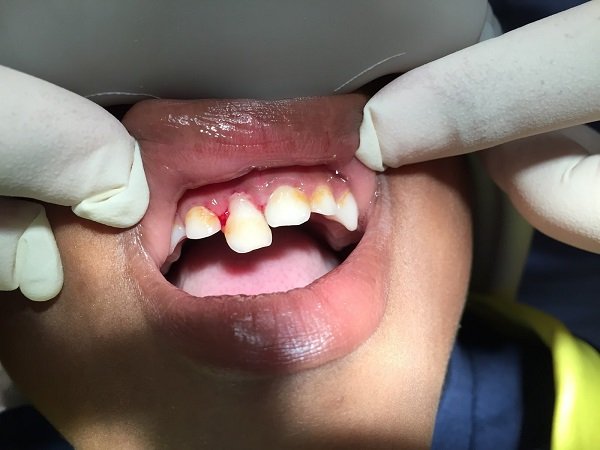Tooth and mouth injuries can be annoying, painful, and even serious. A dental injury, be it from a sports accident, a fall, or a sudden blow to the face, will need immediate treatment to prevent permanent damage. These can either be chipped teeth, cracked teeth, root fractures, or they may suffer from a dental luxation or jaw fracture. As a company dedicated to providing the best dental solutions, Aidite focuses on high-quality dental materials that effectively restore and protect damaged teeth. For both patients and dental professionals, it is essential to have precise knowledge of these traumas to identify their causes, symptoms, and treatment options.

Common Types of Dental Injuries
1. Chipped Teeth
Chipped teeth occur when a piece of enamel breaks off due to sudden trauma. Small chips may be more of an aesthetic issue, but in worse cases, chipping of the enamel can expose the inner layers of the tooth, which can lead to sensitivity and pain.

Symptoms:
- Visible damage to the tooth
- Increased sensitivity or inability to tolerate hot or cold food
- Jagged or sharp edges within the mouth
Treatment:
- Composite bonding can be used to either smooth out minor chips or restore a chipped area.
- Bigger chips might need dental veneers or crowns to completely restore them.
- Long-lasting solutions for chipped teeth start with Aidite’s high-quality dental restoration materials.
2. Cracked Teeth
Cracked teeth can happen from something as subtle as a small surface crack to something as severe as a split that goes through the tooth. If not attended to, such an injury can be painful and even get infected.

Symptoms:
- Pain when chewing
- Sensitivity to temperature changes
- Having swelling around the tooth which is involved
Treatment:
- For smaller cracks, it may be possible to repair them using dental bonding.
- Severe cracks may need a root canal or a crown.
- Durable and aesthetic restoration for cracked teeth by Aidite zirconia-based crowns
3. Root Fractures
A root fracture is an injury to the root of the tooth, that is less visible than other fractures but often found when observing symptoms.

Symptoms:
- Pain while chewing
- Swelling in the gums
- Tooth possibly changing color
Treatment:
- Some small fractures can heal without treatment.
- More serious breaks may need to be removed and substituted with implants.
- Aidite CAD/CAM technology helps you make an accurate restoration for root fractures.
4. Dental Luxation
Dental luxation occurs when a tooth is displaced but still within its dental socket. Luxation can be divided into extrusive, intrusive, or lateral luxation.

Symptoms:
- Movement or syntheticization of the tooth
- Bleeding gums
- Pain when biting down
Treatment:
- Repositioning and splinting of the tooth
- It might require root canal treatment for long-term stability.
- The durable splints required for stabilizing dental luxation cases depend on a high-performance resin provided by Aidite.
5. Jaw Fractures
Jaw fractures are one of the most serious types of dental injuries from trauma, getting struck, or other high-force accidents.
Symptoms:
- Opening and closing the mouth is difficult
- Misaligned bite
- Bruising and Swelling in the Jaw Area
Treatment:
- It comes in the form of immobilization with wiring or with plates.
- Worse yet, in extreme instances, surgical treatment may be needed.
- Aidite biocompatible dental materials help recover stability after surgery.
Emergency Response for a Dental Injury
How you react to it can mean the difference between a good outcome and a great outcome for the dental injury. Follow these emergency steps:
- For chipped or cracked teeth: Gently rinse the mouth with warm water and cover the affected area with dental wax if needed.
- For knocked-out teeth: Place the tooth in milk or saline and get to a dentist right away.
- Root fractures: Do not bite and get a professional assessment.
- For jaw fractures: Restrict the jaw with a bandage and head to an emergency room.
Aidite’s innovative dental technology eases dentists’ handling of emergency cases, which results in quicker recovery.
Preventing Dental Injuries
There are some dental injuries that you cannot avoid, but there are many dental problems that can be avoided by taking the right precautions:
- Use mouthguards during contact sports and high-impact activities.
- Do not chew on hard foods like ice and popcorn kernels.
- Don’t use teeth to open packages; use scissors instead.
- Get your teeth checked at regular intervals so that any weakness of your teeth can be detected in advance.
By following these simple precautions, you can easily reduce the risks of dental trauma.
Managing Dental Injuries with Digital Dentistry
Digital dentistry benefits a lot in dental injury diagnosis and treatment considering the advancements brought forth by dental technology. Intraoral scanners, CAD/CAM milling machines, and 3D printing technology assist in providing accurate patient-specific restorations.
Benefits of digital dentistry for dental injuries:
- Digital X-rays and 3D Scans: Clear Imaging for Accurate Diagnosis And Better Treatment Planning
- Quicker Restorations: Thanks to CAD/CAM technology, restorations like crowns and veneers for chipped teeth and cracked teeth can be made in a single visit, same-day.
- Less discomfort: Procedures that involve less trauma usually heal faster.
High-performance scanners and milling machines from Aidite enable dental professionals to provide high-level restorative services in a short time using digital dental solutions.
Ongoing Dental Care Following a Dental Injury
If you have a dental injury, it is very important to provide long-term care in order to maintain your oral health.
- Regular dental checkups: Check progress and pick up issues that develop in the meantime.
- Apply mouthguards as prescribed: Prevents the forward shift, especially after dental luxation or jaw fractures.
- Follow dentist-recommended diets: Avoid hard and sticky foods as per dentist recommendation post-treatment.
- Cosmetic restoration: Take advantage of Aidite’s high quality dental materials to create a natural aesthetic restoration.
FAQs
Q1. When should I see the dentist after a dental injury?
You need to see a dentist as soon as possible, ideally within the next 30 minutes, to maximize the chance of saving the tooth and avoid other potentially serious complications.
Q2. Can a cracked tooth heal on its own?
Surface cracks may not need to be repaired if they are minor. However, deep cracks can become progressively worse. Infection preventive care, such as bonding, crowns, or root canals, is often required in order to avoid infection.
Q3. What is the best way to preserve a knocked-out tooth?
Put the tooth in milk or saline solution and never touch the root. Head to a dentist within an hour if you want to maximize the chance of it being reattached.
Q4. What will happen if a dental injury is untreated?
If dental injuries go untreated, they can speed up decay, lead to infections, and cause tooth loss or damage to the underlying structure, which affects oral function. Immediate treatment avoids bigger issues down the road and sets you up for better long-term care post-information service.
Summary
Dental injuries like chipped teeth, cracked teeth, root fractures, and dental luxation must be diagnosed and treated ASAP, the same if there is a jaw fracture. You can deliver the most effective, long-lasting treatments, thanks to Aidite’s top-notch dental materials and advanced restoration solutions. Emergency response to preventive care with an emphasis on oral health can help decrease the risk of severe dental injuries. Professional care is always encouraged, but it is also best to take measures into your own hands to protect your teeth.



